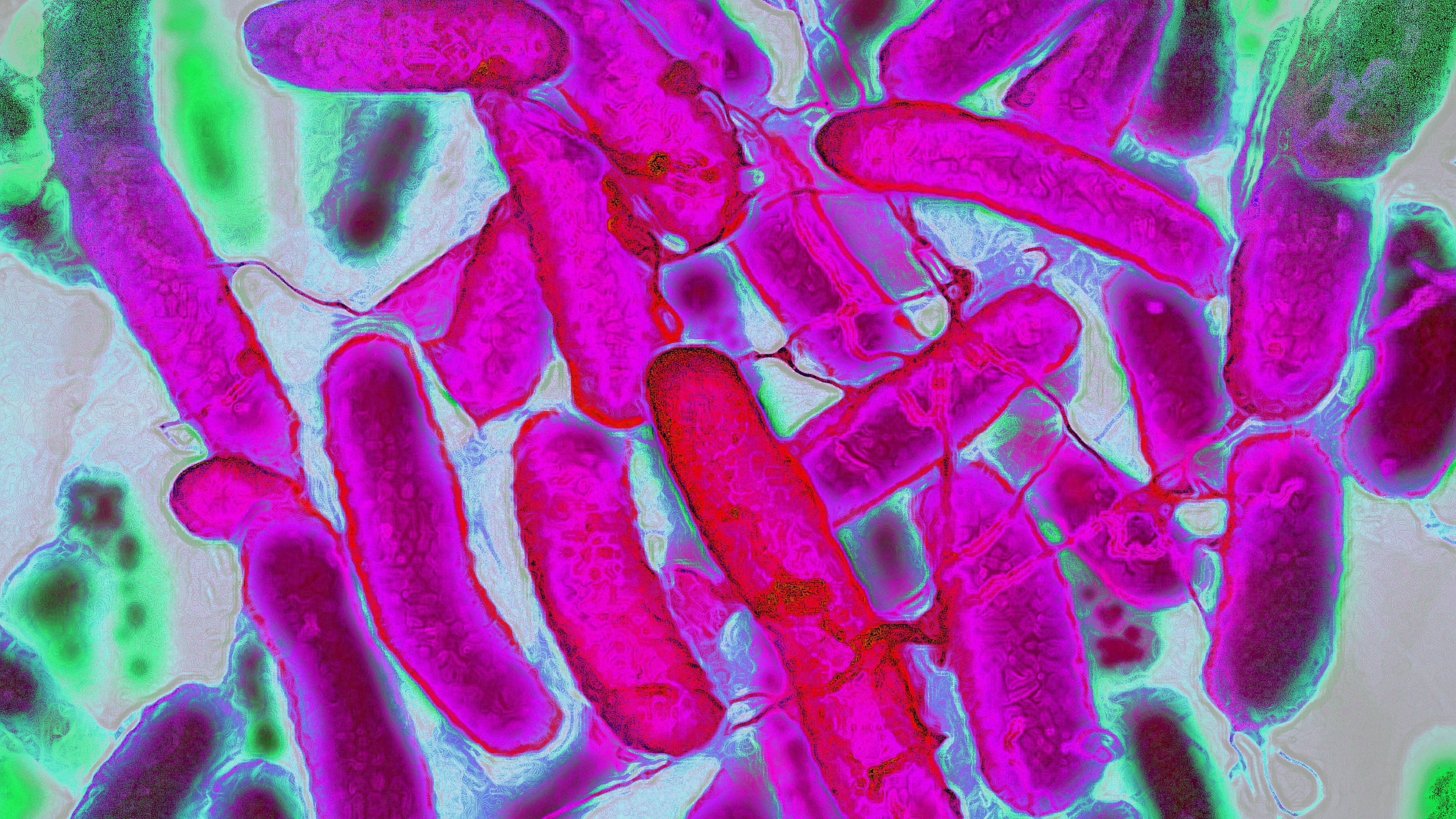
Photos: The Mysterious World of Cryptobiotic Soil
Anything but void
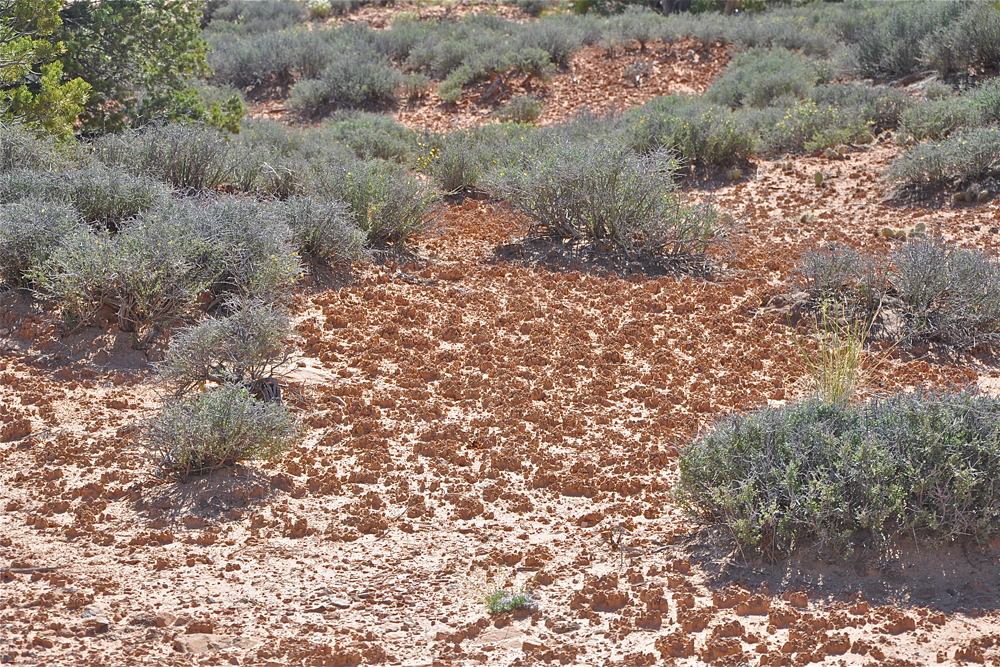
Visitors to the arid regions of the world often first see an area that seems to be almost void of life. Yet here in these desert lands are commonly found a specialized community of lichen, algae, moss, fungus and cyanobacteria that are referred to as cryptobiotic soil or "soil crust." These living organisms literally bind the loose desert soil together, preventing erosion and aiding in the retention of life-sustaining moisture.
Hidden life
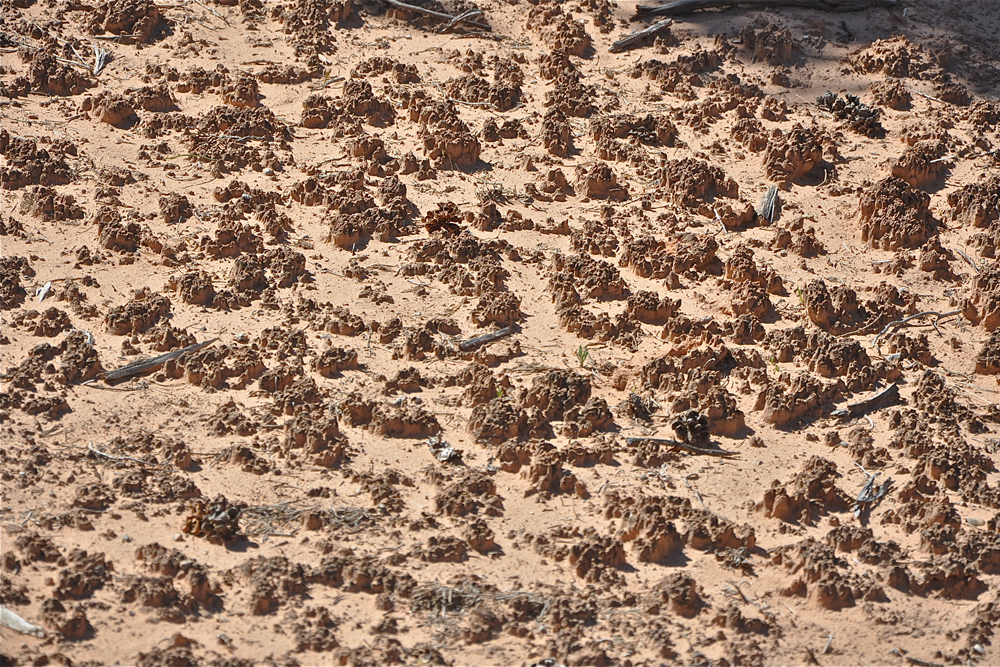
The name, cryptobiotic soil, is created from the Greek word "kryptos," which means "hidden," and "bios," which means "life." Even though this "hidden life" may appear to be just clumps of dark dirt, they are alive and vital to ecosystems of the desert. Their life activities contribute to the addition of nitrogen and carbon to the desert soil, which is then used by all desert plant life.
Tiny connections
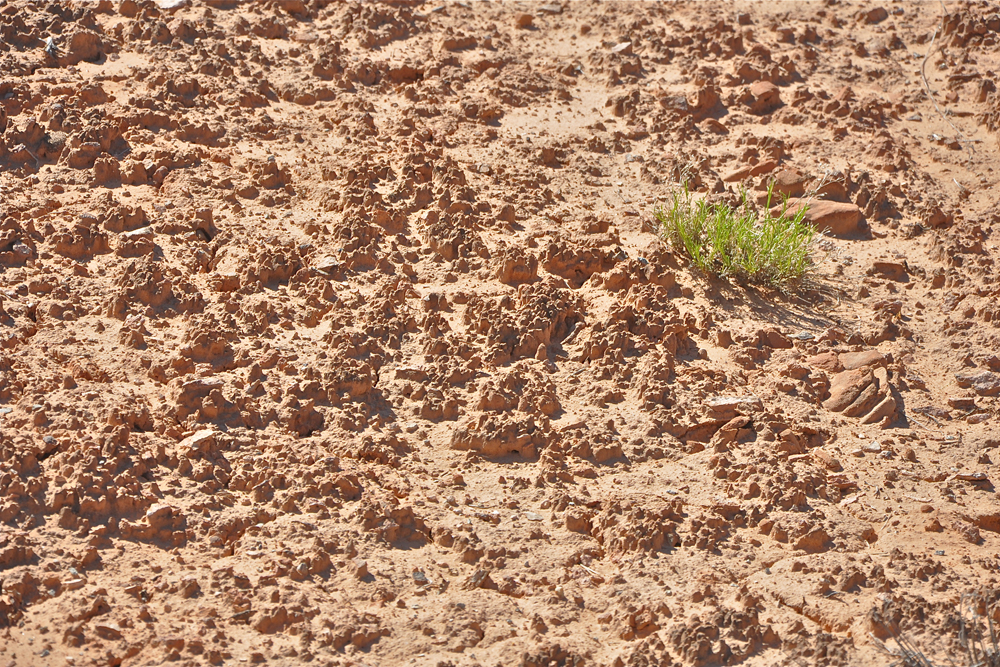
Cryptobiotic soil contains millions of microscopic fibers that bind grains of sand together and thus hold the soil in place. It also provides a safe and moist place for seeds to grow. Over time, these soils allow for the bare sand and rock of desert regions to become colonized by the native plants communities.
Desert dirt
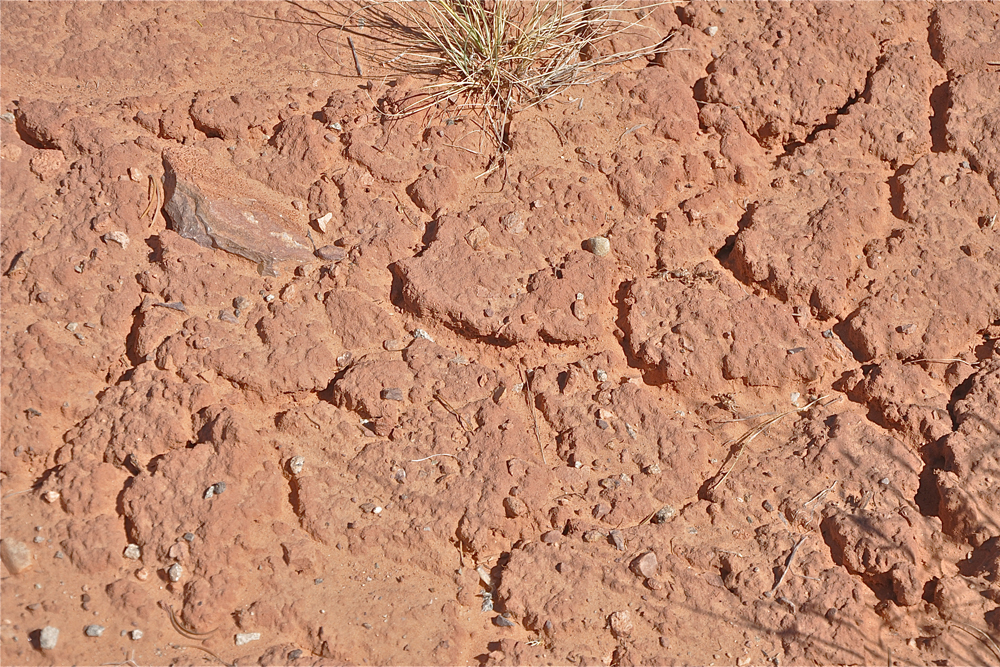
In the United States, cryptobiotic soil crusts are commonly found in the Sonoran Desert, the Great Basin Desert, across the Colorado Plateau and within the inner Columbia Basin. Forms of soil crusts also naturally occur in Alaska and across the great prairies. Some form of biological soil crusts are found on all continents including Antarctica. What they all have in common is that they are formed by living organisms.
Odd landscaping
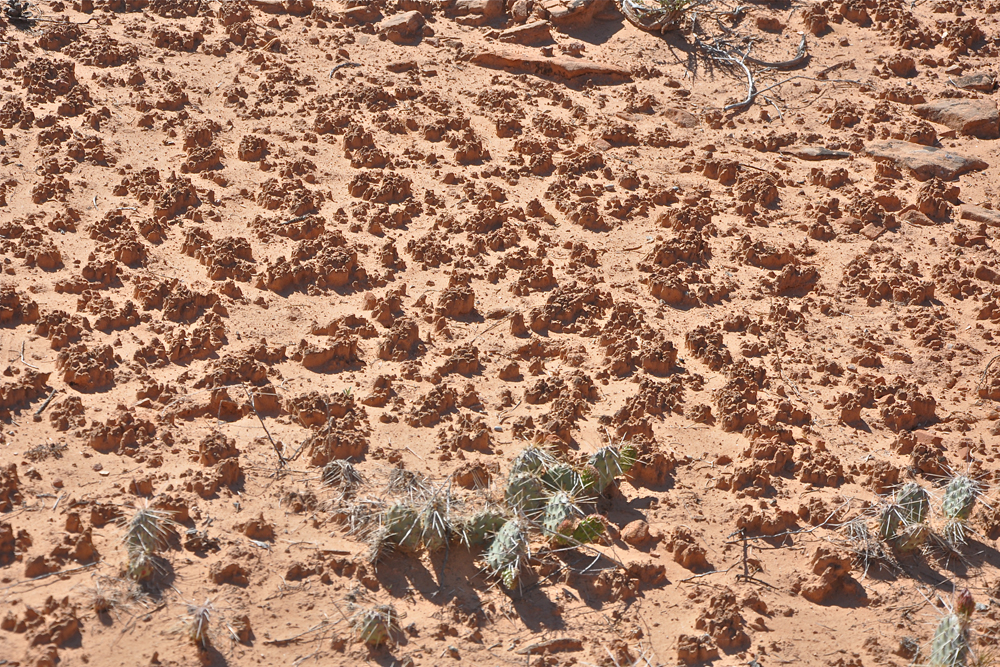
Cryptobiotic soil crust creates a landscape that looks like a small mountain range. Here is found a land where miniature black and white soil crust peaks, colored by species of lichen and mosses, are separated by equally miniature valleys that become a perfect location for seed germination.
Slow going

The growth of this miniature landscape is incredibly slow. The above-ground part of the soil crust grows only about 1 millimeter per year when the area sees average rainfall. Over time and undisturbed, this surface crust can grow up to 4 inches (10 centimeters) thick.
Different looks
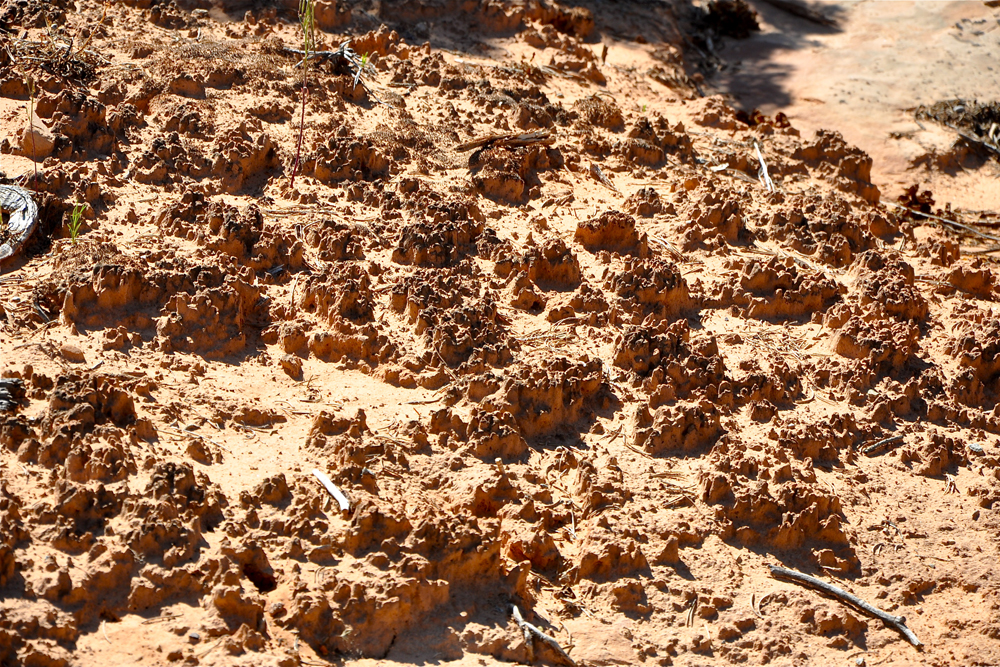
The appearance of soil crust varies in topography, color and surface coverage. In the Great Basin and on the Colorado Plateau the soil crusts tend to be darker than their surrounding soils. The darkness is caused by both the density of the organisms found here and the dark nature of the cyanobacteria, mosses and lichens. In these areas, soil crust may be 70 percent or more of the living vegetation found here.
Get the world’s most fascinating discoveries delivered straight to your inbox.
Product of the environment

The natural process that creates the uneven surface topography so common among soil crusts is the result of filamentous cyanobacteria and species of green algae. When rain does come to these desert areas, these living organisms absorb the water and swell in size. New vegetative material grows, creating a new network of filaments and sheaths. Repeated moisture results in a network of empty sheaths that remain even when the common dry conditions return and results in the nearby soil taking on the common miniature mountain appearance.
The fragility of life
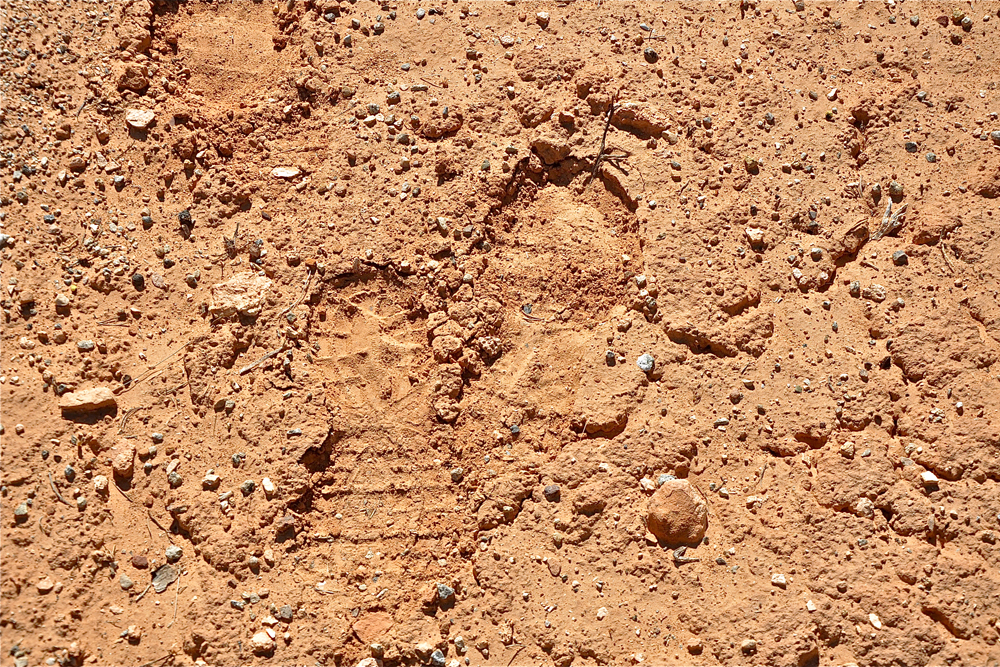
Cryptobiotic soil crust is extremely fragile. Even though it might be 4 inches thick, it is no match for a boot or a tire. Natural areas where soil crust is common encourage visitors to the area to stay on marked trails and roads. Any off-trail activity can severely damage the living organisms that make up soil crust. Once damaged, and depending on the amount of moisture a region receives, it can take between 30 and 300 years for the soil crust to repair itself from the damage.
On the open range
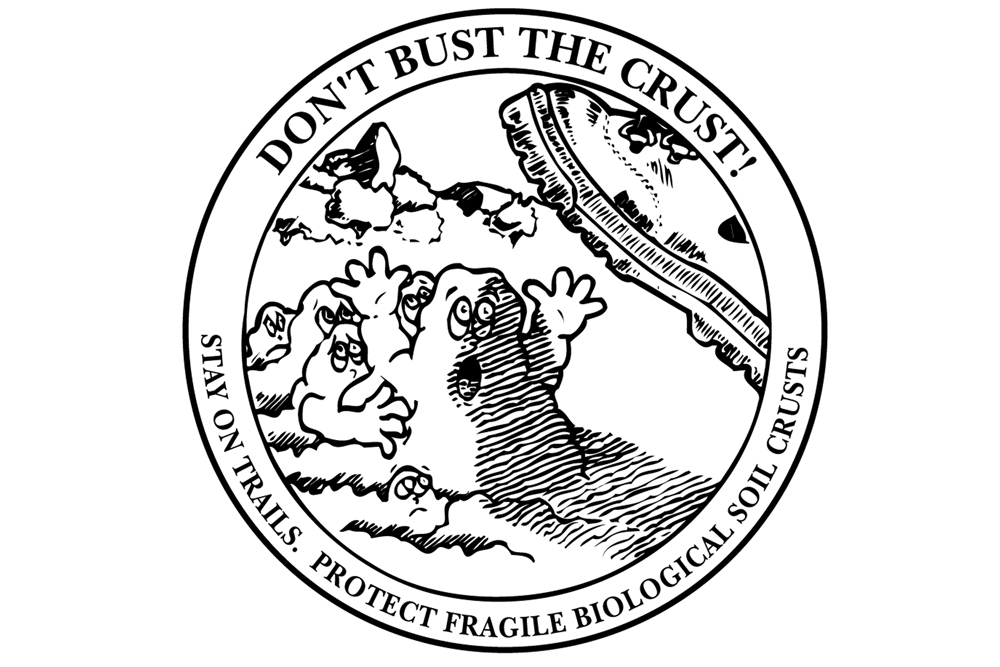
On the open range of the American West, livestock is a great threat to all crytobiotic soils; so too are off-road vehicles and even military activities. For living organisms that are so vital to soil stability, atmospheric nitrogen-fixation, erosion prevention and seed germination, knowledge that crytobiotic soils even exist might be their greatest hope and protection from destruction. Shown here is the official logo of the U.S. National Park Service's "Don’t Bust the Crust" educational program to teach children at an early age what crytobiotic soil is, what it looks like, and its importance to the ecology of the area.
On the lookout
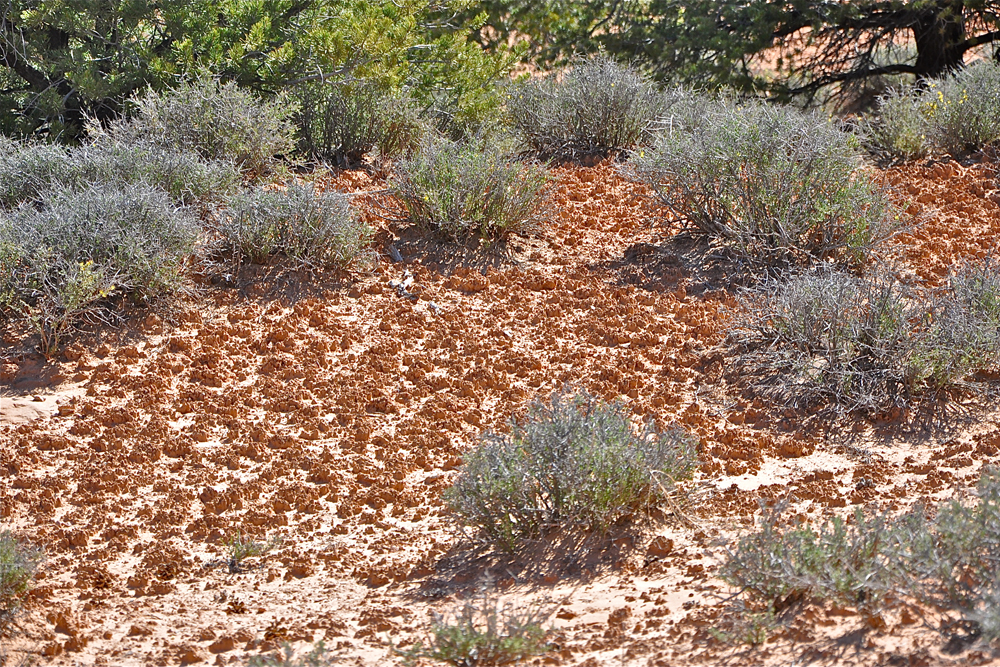
So next time you have a chance to visit one of the great desert areas of America or the world, keep an eye out for crytobiotic soil. When you find some, carefully kneel down and take a close look at the miniature world you will find there. You will gaze upon a key member of an arid, yet thriving, ecological system.
